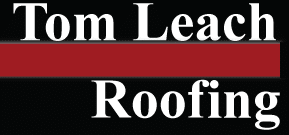Moss is a big problem on roofs in the Pacific Northwest. We have the perfect weather for promoting moss growth and, if you’re not careful, moss will grow on your roof. 
You can work to prevent moss by trimming trees back so they don’t cover your roof and keeping your roof clean. This removes the shade and trapped moisture moss loves so much.
Removing moss itself is something you can do – or, if you’re uncomfortable getting onto your roof – something you can hire a professional to do. There are different approaches to the moss problem. Here are a couple :
First approach:
Cover any plants below or around your roof edge.
Kill the moss by spraying a chemical combination that will not strip your shingles, shakes, or tiles. There are some harsh chemicals which can be purchased to do this job – but some homeowners prefer a more natural approach utilizing sodium hydroxide, vinegar and lemon juice.
Each type of chemical needs to be approached carefully – for example, leaving sodium hydroxide on an asphalt shingle roof can weaken and damage your roof if not rinsed off completely.
The best bet is to test your approach on  a spare shingle and see what it does to the shingle before using it on your roof.
a spare shingle and see what it does to the shingle before using it on your roof.
Once you have found the right chemical to use on your roof, follow the instructions it gives you. Many require a thorough soaking of the affected area and then a good rinse.
Second approach:
Another approach which can be done is to take a bristle brush and brush down the roof where the moss lies. This disturbs the root system and removes the moss.
In either approach, once the moss has died-off or is removed, it’s smart to get your roof inspected. The roots of moss can harm the integrity of your roofing and cause damage to shingles. You may need to get some shingles replaced – or in the worst case you’ll need to reroof your home.
